Este post também está disponível em:
Português
English
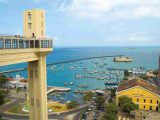
Tourism in Bahia stands out because the state is one of the country’s main tourist hubs.
Its vast coastal beaches, historic colonial sites, natural beauty and rich culture are a constant attraction for visitors from all over the world.
Bahia is the state with the longest coastline in Brazil, covering a total of 932 kilometers, corresponding to 12.4% of the total.
The state capital, Salvador, stands out for its carnival, which attracts around 2.7 million revellers over six days of partying. Among the tourist attractions are the Baía de Todos os Santos, the Farol da Barra, located on Barra beach, the Elevador Lacerda and the Pelourinho.
On the coast of Bahia is the district of Costa do Sauípe, Brazil’s largest tourist complex, designed from the outset for tourism and filled almost entirely with hotels and resorts.
Videos about Salvador de Bahia’s tourist attractions
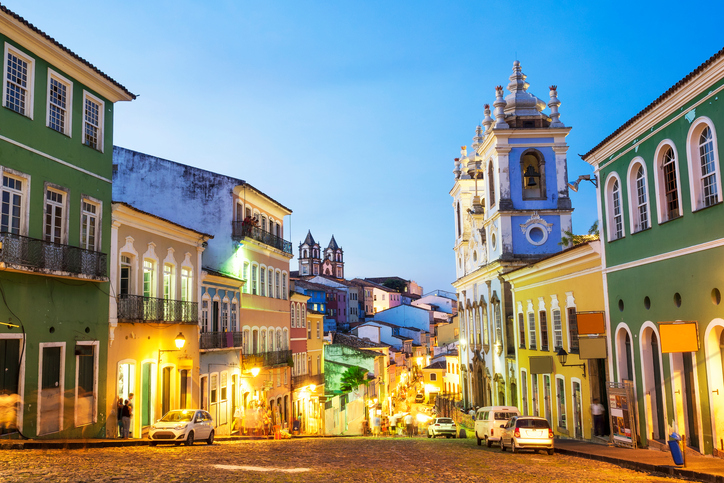
Archipelago of Abrolhos
The Archipelago dos Abrolhos stands out for having an excellent area for scuba diving and free diving, as well as attractions such as the humpback whale season, which begins in July.
There are also many other coastal locations that are popular with tourists: Praia do Forte, Guarajuba, Itacimirim, Prado, Itacaré, Santa Cruz Cabrália, Camamu, Ituberá, Alcobaça, Morro de São Paulo, Ilha de Itaparica, among others.
Salvador da Bahia
In the metropolitan region of Salvador stands out the Bay of Aratu, an immense inlet that is home to the Port of Aratu, a shipyard, as well as two of the ten most luxurious marinas in Latin America (Aratu Yacht Club and Marina Aratu) and the Aratu Naval Base, which had former Brazilian president Luiz Inácio Lula da Silva as one of its recent guests.
Camamu Bay
Also striking is the Baía de Camamu, Brazil’s third largest bay.
Bahian coastline
The Bahian coastline also has other very touristy places such as Arraial d’Ajuda, in Porto Seguro, the site of the discovery of Brazil, Morro de São Paulo, Praia do Forte and Maraú.
Culinary of Bahia
The cuisine of Bahia, the best known in Brazil (although not the most consumed) is that produced in the Recôncavo and all along the coast of Bahia.
It is based on spices with a strong seasoning, based on palm oil, coconut milk, ginger and, of course, pepper (to taste) of many different types. In Bahian cuisine, some of the main dishes are acarajé, abará, caruru and vatapá.
Religious tourism
The municipalities of Salvador, Candeias and Bom Jesus da Lapa are the main destinations for religious tourism in Bahia.
In Salvador, the highlights are: Basílica do Senhor do Bonfim; Igreja e Convento de São Francisco; Santuário de Irmã Dulce; Catedral Basílica de Salvador and Casa de Iemanjá.
In Bom Jesus da Lapa is the famous pilgrimage that brings thousands of pilgrims to the streets of the city, the highlight being the month of August, when the faithful come from various parts of Bahia and even from other states. Candeias has the Sanctuary of Our Lady of Candeias.
Bahia’s most visited tourist spots
Corumbau
In Prado, where there are beautiful beaches and a nice little town, don’t miss Ponta do Corumbau, on the edge of the Monte Pascoal National Park, in the far north of the municipality.
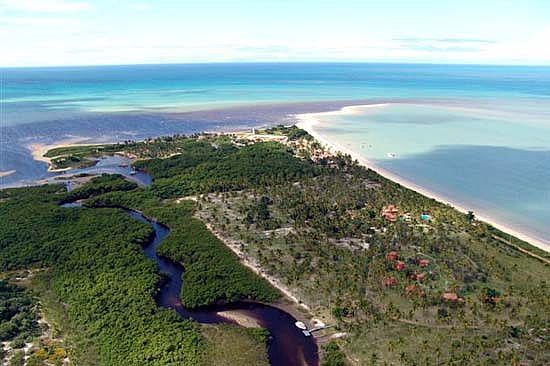
Coconut palms, rivers, mangroves and a turquoise sea, from where you can see coral reefs at low tide, make up the incredible scenery. Take the opportunity to visit Caraíva and the village of Barra Velha, where the Pataxós originated.
Trancoso
Very popular during the New Year, Trancoso combines rustic and luxurious places in one place.
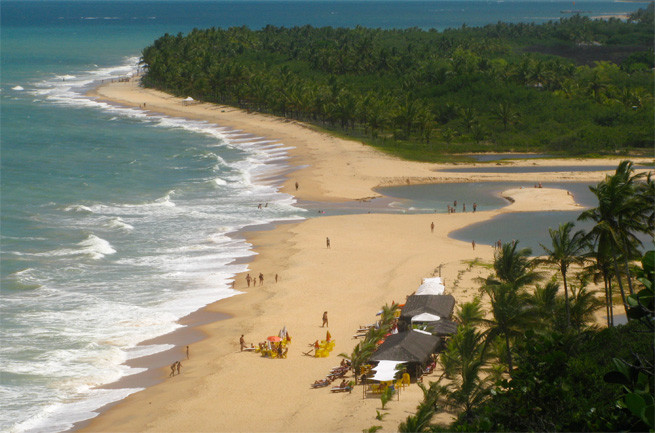
About 50 km from Porto Seguro, it has a lively nightlife and beaches with salt and fresh water, such as Praia dos Nativos. Between excitement and tranquillity, visit the Praia do Espelho, one of the most beautiful in Brazil.
Taipus de Fora
Within the Maraú Peninsula, the pools of Taipus de Fora are immense and carry many marine species that can be seen with the naked eye. As well as observing them, you can dive among them, getting closer to nature.
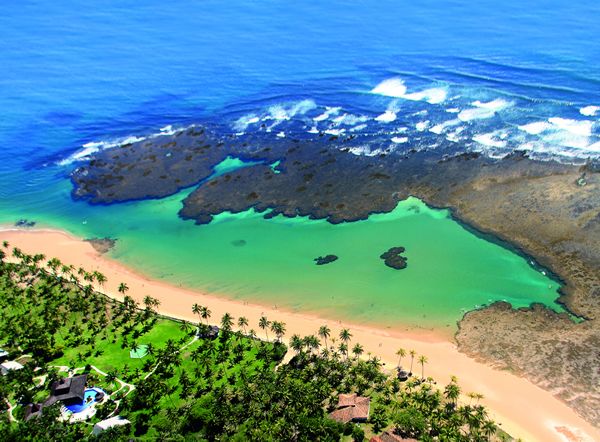
It is best to visit the pools during the full moon or new moon, when the tide is drier and the corals are more exposed;
Chapada da Diamantina
One of the most fabulous places in the country, the Chapada has attractions for all tastes.
At Fazenda Pratinha, in Iraquara, it’s worth visiting Gruta da Pratinha, where you can float in the intensely blue and transparent waters.
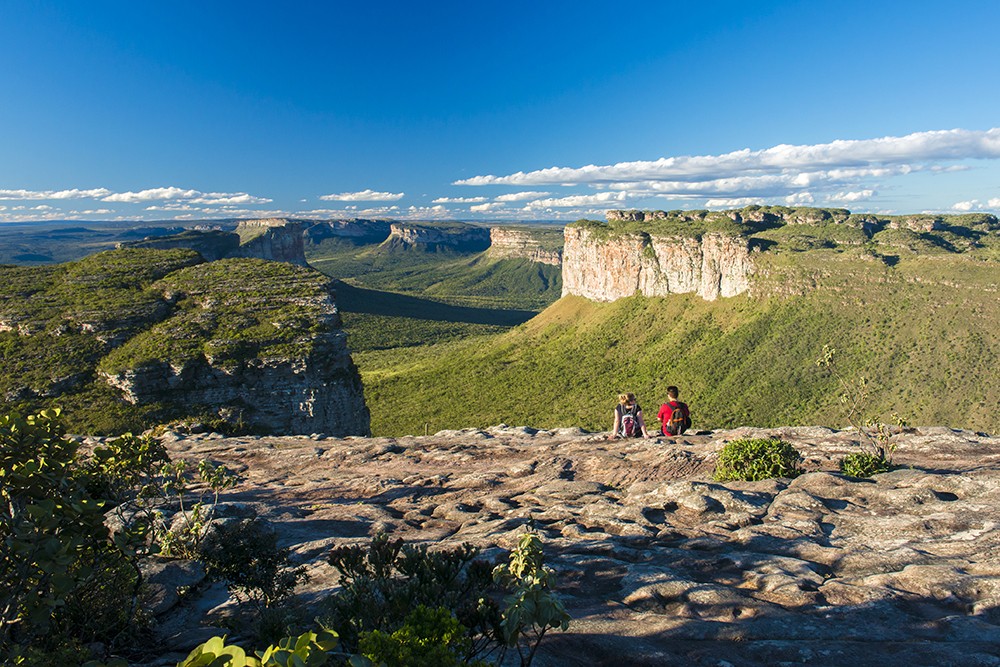
On the same property is the Gruta Azul, a translucent lake where you can’t dive because of its depth, which reaches 70 meters. The view is impressive.
Abrolhos
The Abrolhos archipelago is perfect for those who want to see marine life up close. Discovered in 1503, it is one of the best diving spots in the world, where the crystal-clear waters invite everyone to explore the fauna and corals.
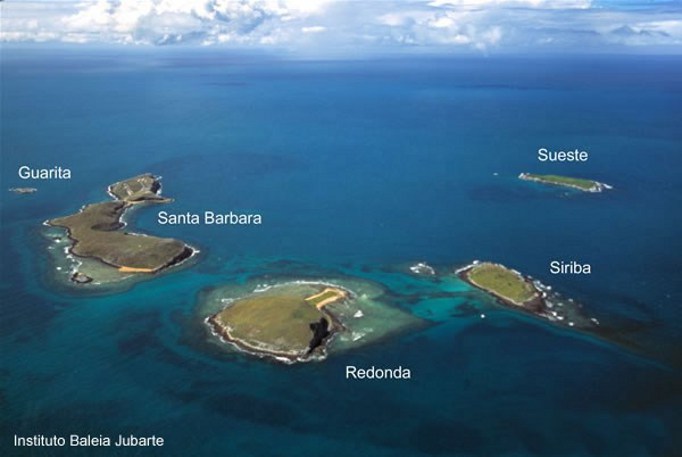
Five volcanic islands form the site, full of vegetation and natural pools where turtles and whales live.
Santa Cruz Cabrália
Part of the so-called Costa do Descobrimento (Discovery Coast), this town in the south of Bahia is 20 km from Porto Seguro and close to Trancosa and Arraial d’Ajuda.
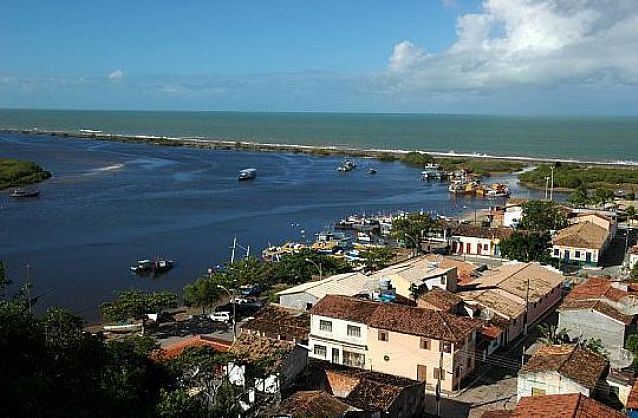
The almost deserted beaches attract tourists in search of tranquillity, while adventurers go after the waves of Arakakaí. In Coroa Vermelha you can find part of the indigenous culture in the handicrafts.
Arraial D’Ajuda
A honeymoon destination for many couples, Arraial d’Ajuda has beaches reminiscent of the Caribbean. A former fishing village, it now has plenty of tourist infrastructure, but still has wild beaches, such as Taípe, Pescador and Araçaípe.
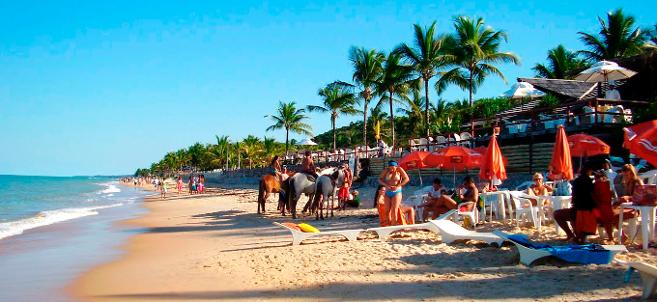
It is also worth visiting the Eco Parque, a water park integrated into the Atlantic Forest, and the Ilha dos Aquários, with attractions for the whole family;
Cumuruxatiba
The resort, whose Tupi name means “great variation of the tide”, is a rustic fishing village where peace reigns.
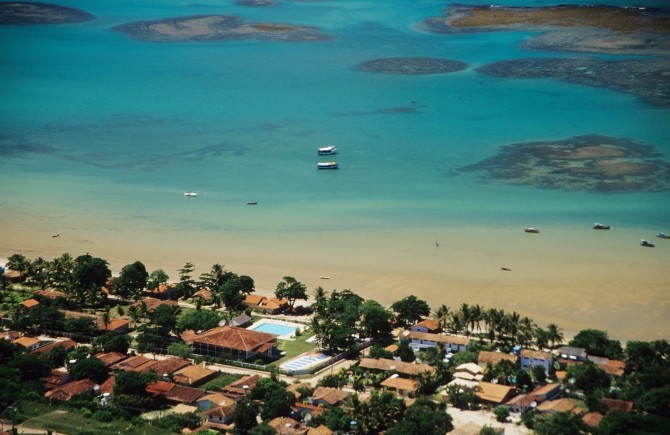
The beaches maintain a wild side, bringing together incredible landscapes that include cliffs, clear water streams and coconut trees.
Even so, it has good infrastructure to receive tourists, often from Corumbau;
Itacaré
Part of the Costa do Cacau, south of Salvador, Itacaré has breathtaking beaches and waterfalls.
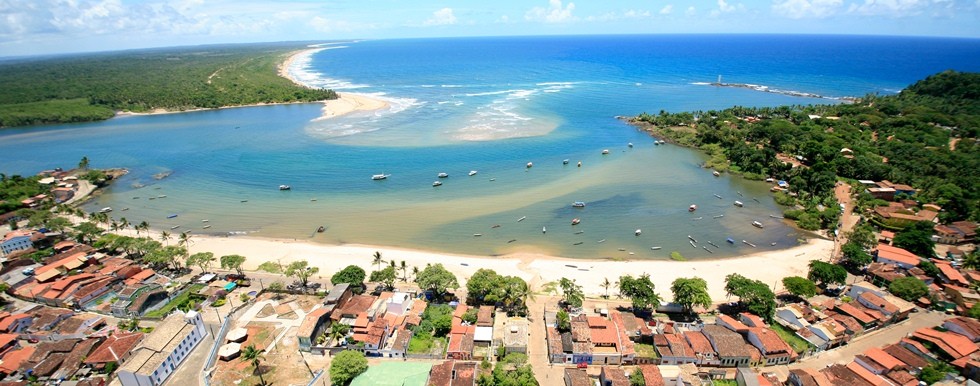
Being close to the Atlantic Forest, it attracts ecotourists who venture out on trails, abseiling, tree climbing and rafting. Those who enjoy the beach, on the other hand, will find beautiful scenery where greenish waters bathe sands that are partly covered by vegetation.
In the village, the nightlife is lively and parties go on until sunrise;
Boipeba
On the Dendê Coast, the island attracts snorkeling enthusiasts because of its beautiful natural pools with crystal-clear waters. Some deserted beaches can be reached by footpath, such as Cueira.
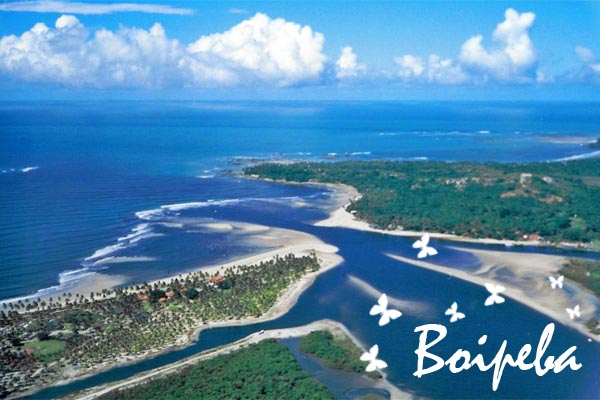
Others have more advanced infrastructure, including restaurants and inns, such as Moreré and Boca da Barra.
See more in the menu above at “Bahia Guia de Turismo“




















